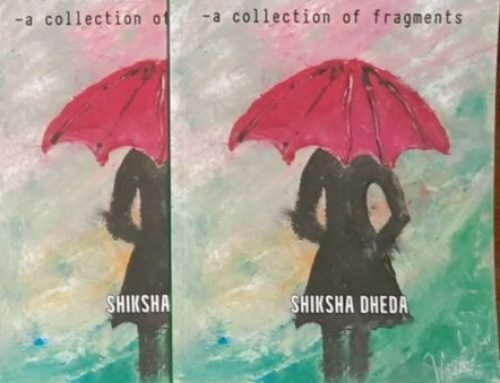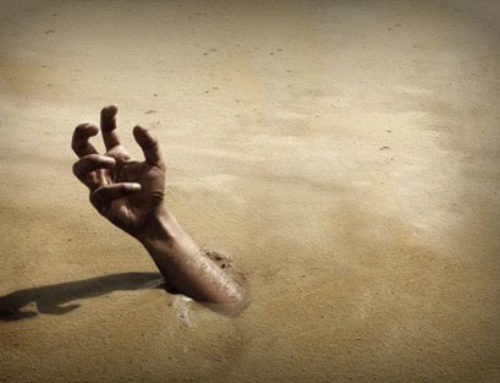i have just started reading Robin DiAngelo’s ‘White Fragility: Why it’s so hard for white people to talk about racism’ and am already in love.
You should basically just go and buy the book. [Got it for R200 on Loot] It is that good. Am only part way in and already feels like such a game changer both in terms of the language it uses [and some helpful analogy already] and the ways in which it brings clarity and understanding to some complex topics.
Before i even got to the book itself there were some extracts from the Foreword that were already catching my attention:
‘One metaphor for race, and racism won’t do. They are, after all, exceedingly complicated forces. No, we need many metaphors, working in concert, even if in different areas of the culture through a clever division of linguistic labour. Race is a condition. A disease. A card. A plague… ‘ (Michael Eric Dyson, foreword to White Fragility by Robin DiAngelo)
‘To be sure, like the rest of race, whiteness is a fiction, what in the jargon of the academy is termed a social construct, an agreed-on myth that has empirical grit because of its effect, not its essence. But whiteness goes even one better: it is a category of identity that is most useful when its very existence is denied. That’s its twisted genius. Whiteness embodies Charles Baudelaire’s admonition that “the loveliest trick of the Devil is to persuade you that he does not exist.” Or, as an alter ego of the character Keyser Soze says in the film The Usual Suspects, “The Greatest trick the Devil ever played was to convince the world that he didn’t exist.” The Devil. Racism. Another metaphor. Same difference.’ (Michael Eric Dyson, foreword to White Fragility by Robin DiAngelo)
But to the book itself, here are a few of the passages designed to just give you a taste and convince you that this book has a lot to teach you. i have spoken about colour-blindness a lot and how unhelpful the concept is, and here Robin DiAngelo takes it head on:
‘Consider color-blind ideology from the perspective of a person of color. An example I often share occurred when I was co-leading a workshop with an African American man. A white participant said to him, “I don’t see race; I don’t see you as black.” My co-trainer’s response was, “Then how will you see racism?”
He explained to her that he was black, he was confident that she could see this, and that his race meant that he had a very different experience in life than she did. If she was ever going to understand or challenge racism, she would need to acknowledge this difference. Pretending that she did not notice that he was black was not helpful to him in any way, as it denied his reality – indeed, it refused his reality – and kept hers insular and unchallenged.
This pretence that she did not notice his race assumed that he was “just like her,” and in so doing, she projected her reality onto him. For example, I feel welcome at work so you must too; I have never felt that my race mattered, so you must feel like yours doesn’t either. But of course, we do see the race of other people, and race holds deep social meaning for us.’ [Robin DiAngelo, White Fragility]
This book is written by a white woman in America and she acknowledges that early on, but also suggests this might be relevant in parts for other western colonised countries like Australia and South Africa. So far i have found most of the writing absolutely relevant to our local context while some of it needs to be contextualised a little bit:
‘The identities of those sitting at the tables of power in this country (America) have remained remarkably similar: white, male, middle- and upper-class, able-bodied. Acknowledging this fact may be dismissed as political correctness, but it is still a fact. The decisions made at those tables affect the lives of those not at the tables. Exclusion by those at the table doesn’t depend on willful intent; we don’t have to intend to exclude for the results of our actions to be exclusion. While implicit bias is always at play because all humans have bias, inequity can occur simply through homogeneity; if I am not aware of the barriers you face, then I won’t see them, much less be motivated to remove them. Nor will I be motivated to remove the barriers if they provide an advantage to which i feel entitled.’ (Robin DiAngelo, White Fragility)
This analogy, in particular, i found to be so super helpful in terms of understanding blind spots and the realisation that as much as we feel woke or conscientised, we will never, as white people, be fully able to understand the lived experience of black, coloured or indian people. We can grow in our understanding of what it must be like, but we will never truly know. And that is helpful to know. But this birdcage analogy which i had not heard before, illustrates it so clearly…
‘Scholar Marilyn Frye uses the metaphor of a birdcage to describe the interlocking forces of oppression. If you stand close to a birdcage and press your face against the wires, your perception of the bars will disappear and you will have an almost unobstructed view of the bird. If you turn your head to examine one wire of the cage closely, you will not be able to see the other wires. If your understanding of the cage is based on this myopic view, you may not understand why this bird doesn’t just go around the single wire and fly away. You might even assume that the bird liked or chose its place in the cage.
But if you stepped back and took a wider view, you would begin to see that the wires come together in an interlocking pattern – a pattern that works to hold the bird firmly in place. It now becomes clear that a network of systematically related barriers surrounds the bird. Taken individually, none of these barriers would be that difficult for the bird to get around, but because they interlock with each other, they thoroughly restrict the bird. While some birds may escape the cage, most will not. And certainly those that do escape will have to navigate many barriers that birds outside the cage do not.
The birdcage metaphor helps us understand why racism can be so hard to see and recognize: we have a limited view. Without recognizing how our position in relation to the bird defines how much of the cage we can see, we rely on single situations, exceptions, and anecdotal evidence for our understanding, rather than on broader, interlocking patterns. Although there are always exceptions, the patterns are consistent and well documented: People of color are confined and shaped by forces and barriers that are not accidental, occasional, or avoidable. These forces are systematically related to each other in ways that restrict their movement.
Individual whites may be “against” racism, but they still benefit from a system that privileges whites as a group. David Wellman succinctly summarizes racism as “a system of advantage based on race.”
These advantages are referred to as white privilege, a sociological concept referring to advantages that are taken for granted by whites and that cannot be similarly enjoyed by people of color in the same context (government, community, workplace, schools, etc.) But let me be clear: stating that racism privileges whites does not mean that individual white people do not struggle or face barriers. It does mean that we do not face thye particular barriers of racism.’ (Robin DiAngelo, White Fragility)
If that hasn’t yet been enough to convince you to add this book to your reading list, then it may not be the book for you. This stuff is so important for us to get and already i have found that Robin DiAngelo is breaking it down in ways that are meaningful and clear and causing me to think and giving me language for things i already know to be true.
But there is also a video on Facebook by Robin DiAngelo titled, ‘Why “I’m not racist”is only half the story” and that is a really important watch as it breaks down some misconceptions many of us have about racism and helps us to get to the point where we can stand in front of the mirror and ask what work needs to be done in us. So check it out over here.
But also just order this book already… more to follow…







[…] [To catch the first few passages i shared, click here] […]
[…] you should probably get hold of the book ‘White Fragility’ and give it a read. Check out some excerpts over here and do yourself a favour cos it is the best book i have read so far on unpacking these things in a […]
[…] ‘White Fragility: Why it’s so hard for white people to talk about racism’ by Robin DiAngelo was super helpful hearing ideas, challenges and analogies from a white woman, so […]